ROS + Snappy Ubuntu Core (4) : Ubuntu Core install on Raspberry Pi 3
We had investigated the inside of the Snappy package in the last post.
Following the contents on this page, install Ubuntu Core on Raspberry Pi 3.
The following work was done in the environment of Ubuntu 16.04. First, download the ‘Ubuntu Core 16 image for Raspberry Pi 3’ image file in Ubuntu Core image. It is 320 MB.
Next I will copy this to the MicroSD card. In my environment, the MicroSD card was recognized as /dev/sda.
$ xzcat ubuntu-core-16-pi3.img.xz | sudo dd of=/dev/sda bs=32M $ sync
Launch RaspberryPi3 with the MicorSD card.
When you first start up, you need to log in from the console, so connect the keyboard and display.
Oops. It tell me to enter the email address of the login.ubuntu.com account. I need to register ubuntu.com account to use Ubuntu Core. Internet connection is the prerequisite for installation, so it seems to be a problem in the proxy environment.
Please access login.ubuntu.com from another PC and create an account.
Furthermore, it is said that there is no ssh key. It is necessary to set ssh’s public key on the ssh page of login.ubuntu.com. With authentication with this private key corresponding to this public key, you can login to Raspberry Pi 3 with ssh.
If your machine is Ubuntu, type:
$ ssh-keygen
~/.ssh/id_rsa.pub should be created, copy its contents and paste it on the form of SSH Keys.
From the machine on which you set the ssh key, you will be able to log in with ssh to Raspberry Pi. The username is the user name set in ubuntu.com. IP address of the Raspberry Pi3 is, since it is obtained by DHCP, can checked on the console.
$ ssh username@192.168.0.10
In the initial state, it does not use familiar apt and dpkg command in Ubuntu. In the future, we will continue to expand by putting snappy package, let’s first try to install the snapweb package to see the package list in the web browser.
$ sudo snap login username@your_address.com $ sudo snap install snapweb $ snap list Name Version Rev Developer Notes core 16-2 1443 canonical - pi2-kernel 4.4.0-1030-3 22 canonical - pi3 16.04-0.5 6 canonical - snapweb 0.26-10 305 canonical -
In the Web browser, try to access “http://192.168.0.10:4200/”.
Package list is or looks that are installed now. It seems there is also a store,
Well, I do not know well, it looks like there are a few apps.
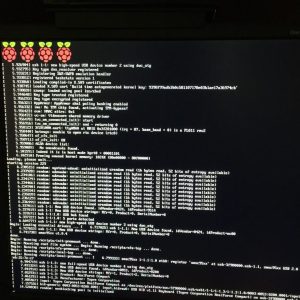
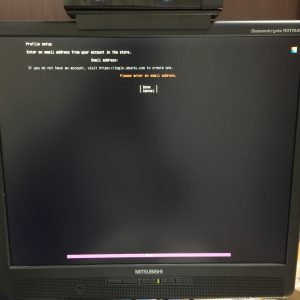

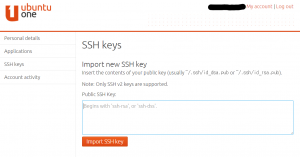
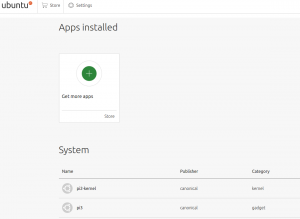
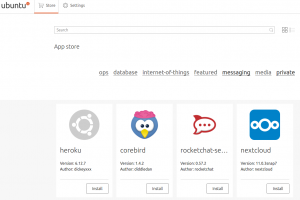
About the author